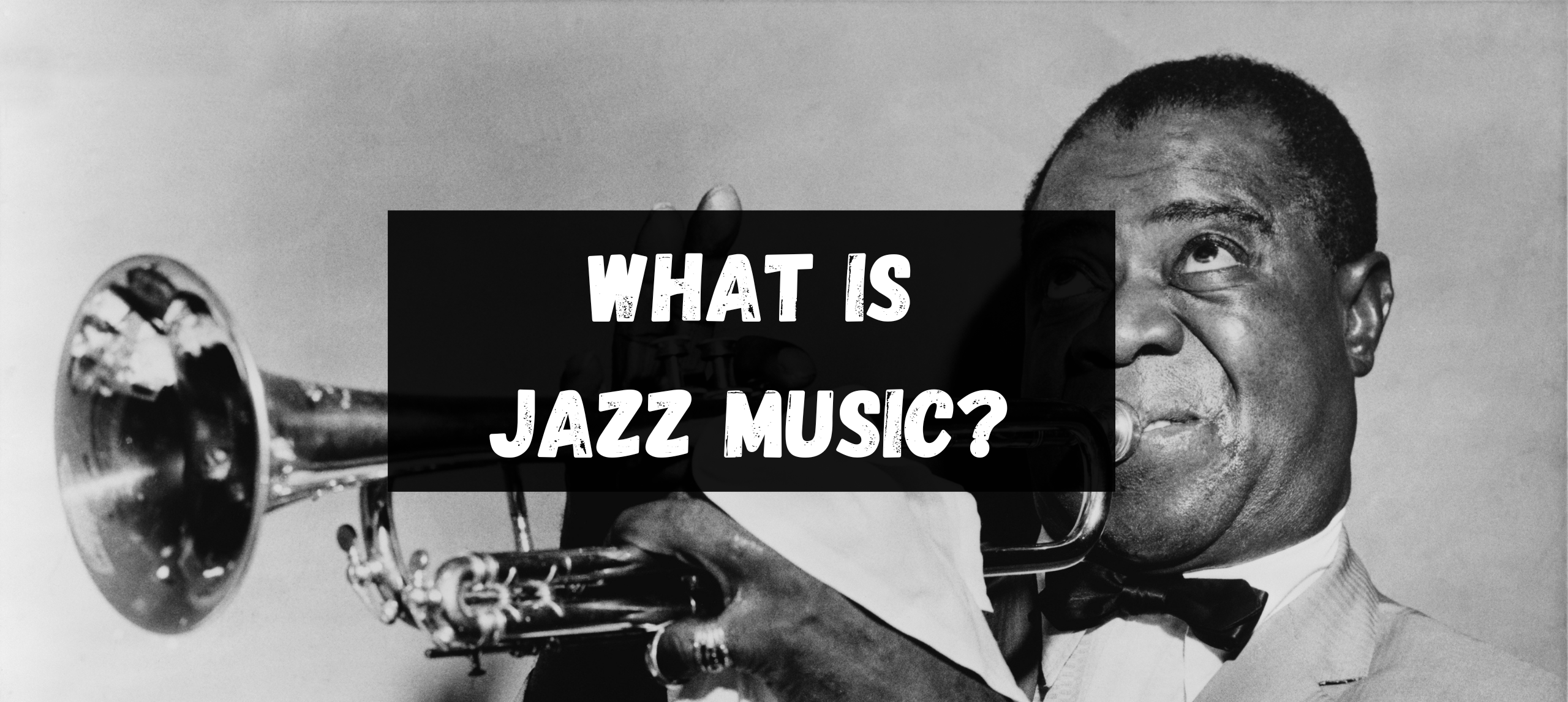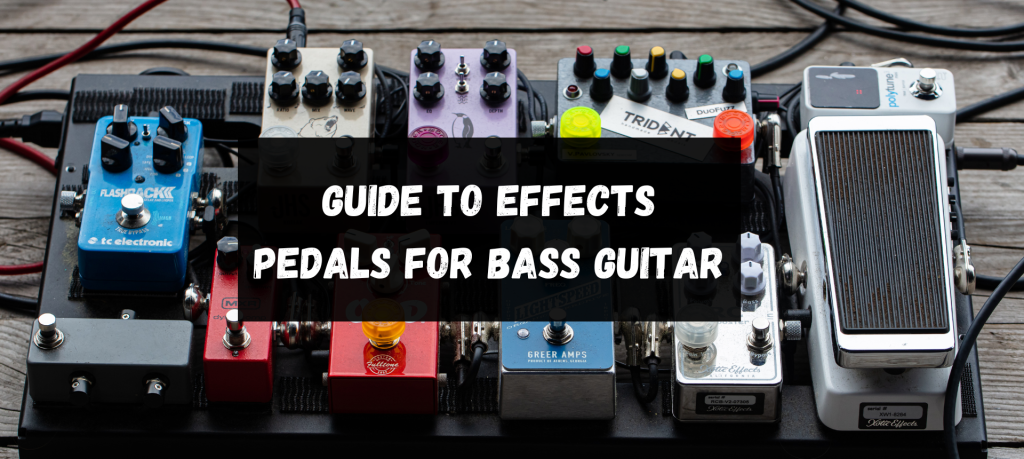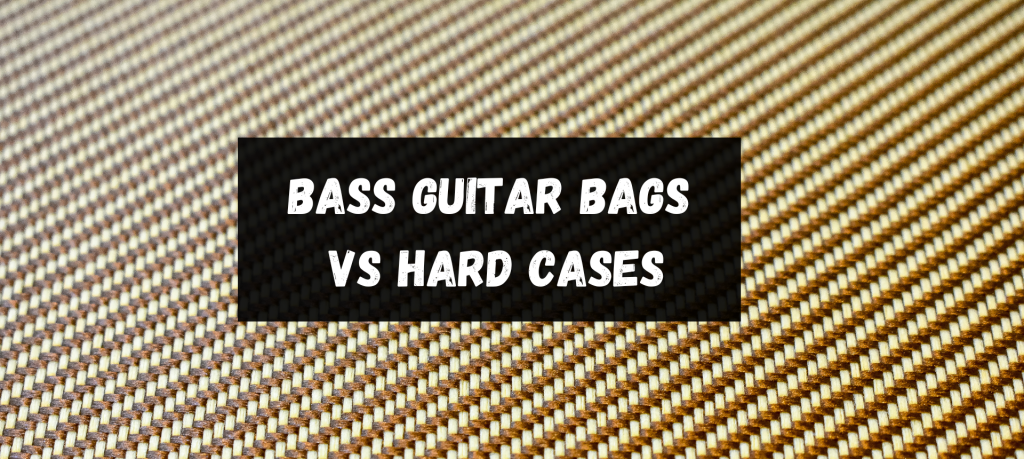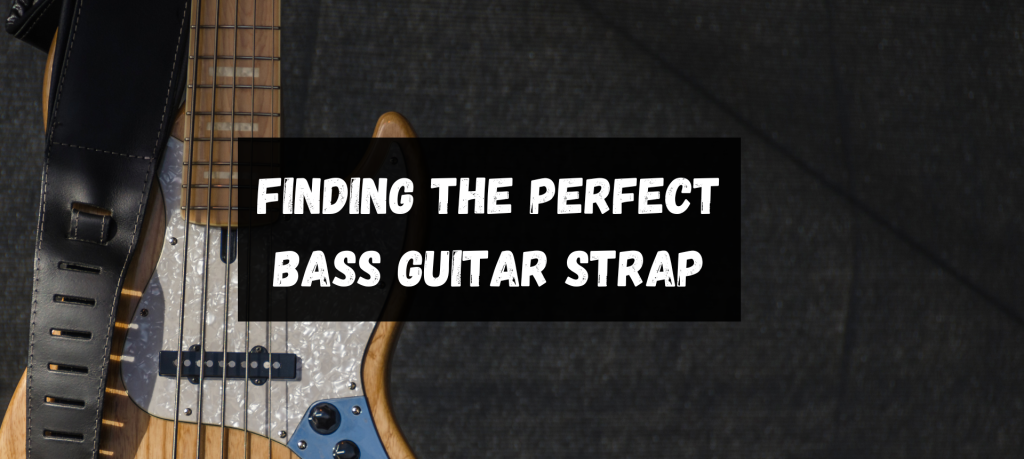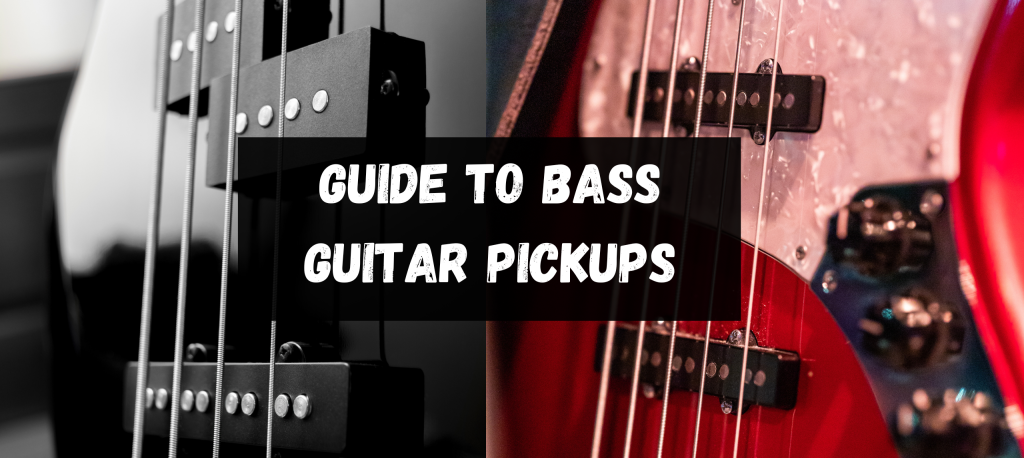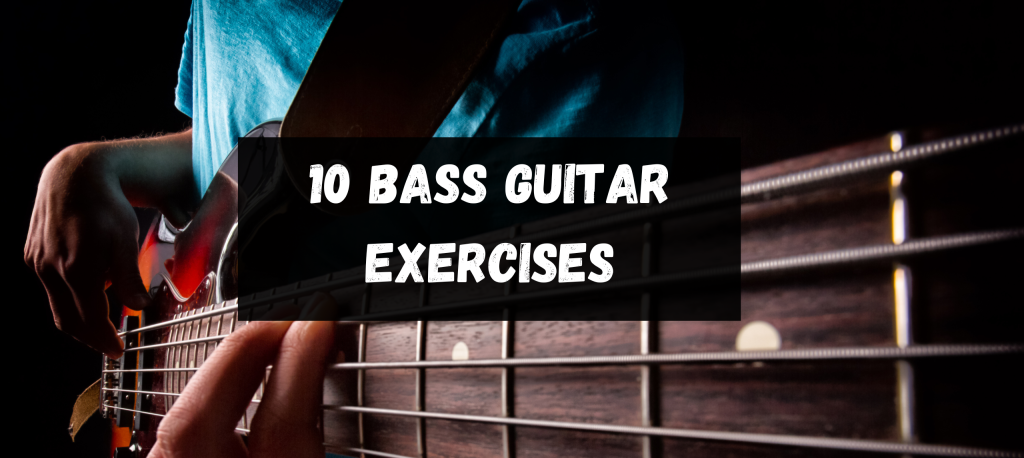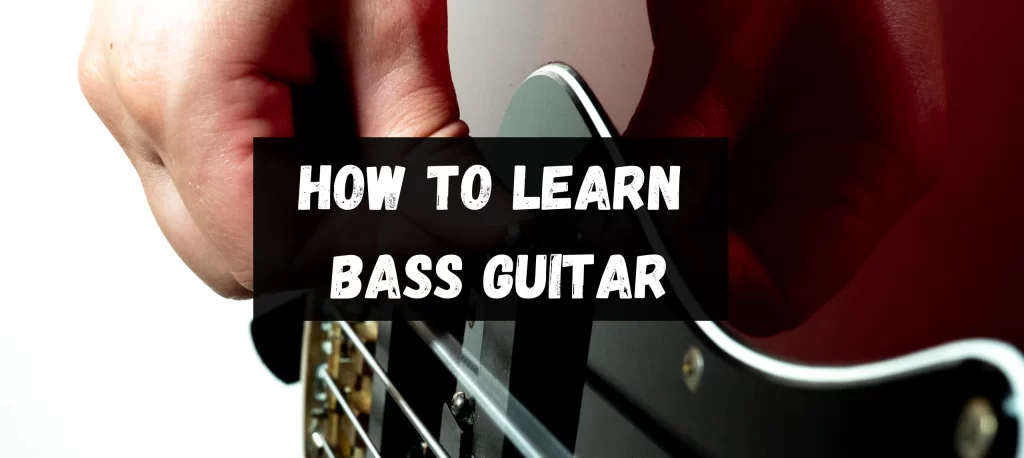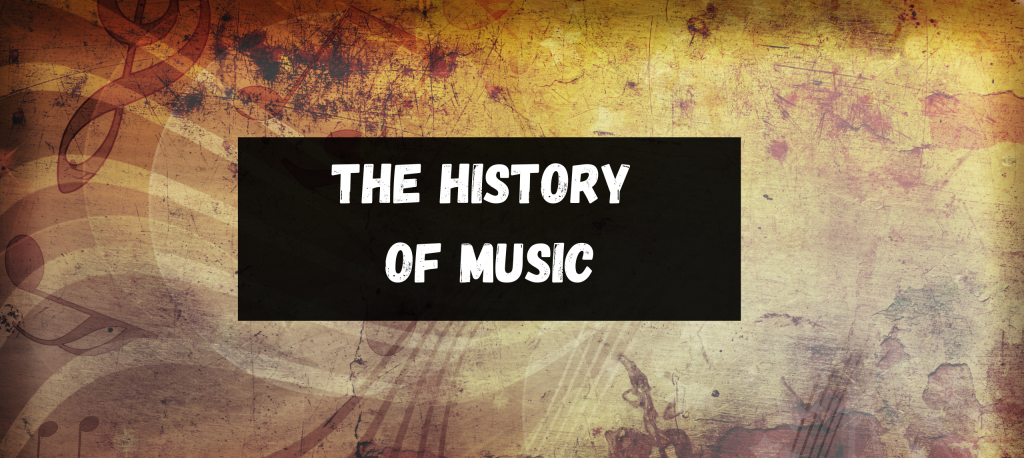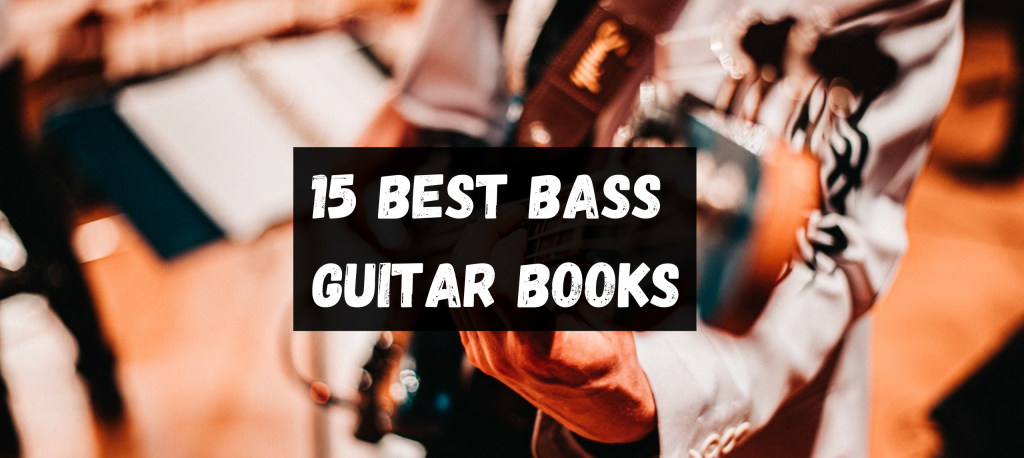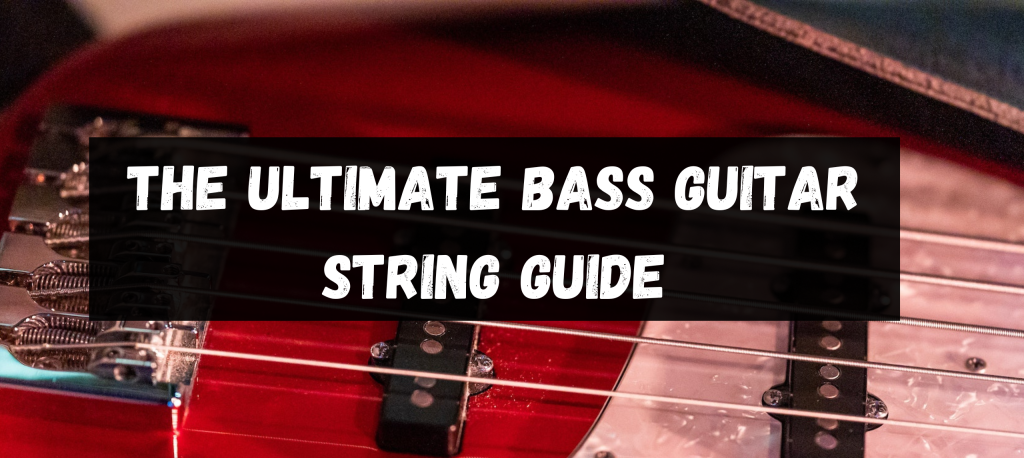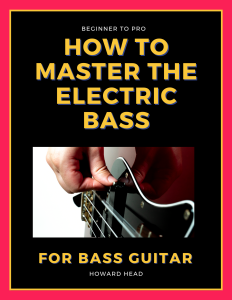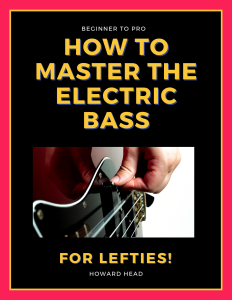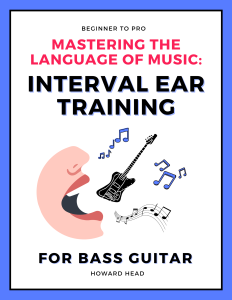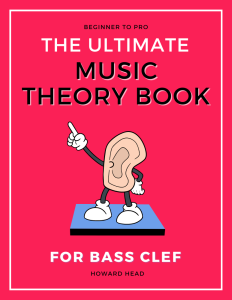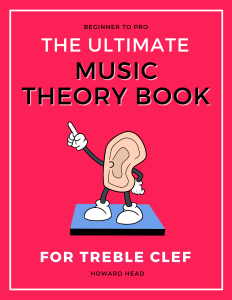August 11, 2023
Howard
Introduction to Jazz Music
Jazz music is a diverse and expressive genre that originated in the African American communities of New Orleans in the late 19th and early 20th centuries. Characterised by its improvisational nature, syncopated rhythms, and unique blend of harmonic structure, it’s a musical form that encourages individual expression and creativity. With roots in blues and ragtime, jazz has evolved into various subgenres, continuing to enrich the global musical landscape.
Jazz music, a genre celebrated for its improvisational flair and soul-stirring rhythms, is more than just a style of music; it’s an embodiment of cultural fusion, history, and human expression. Originating from the melting pot of New Orleans, jazz has evolved through a fascinating interplay of West African musical traditions, American innovation, and a thirst for something unconfined by musical notation. Its very essence, marked by improvisation and free-flowing nature, stands as a testament to the creativity that knows no bounds.
In the following sections of this article, we’ll embark on an enthralling journey through the world of jazz. From its roots in the early 20th century to its transformation across different eras and geographies, we’ve curated a rich tapestry of insights that awaits you. Whether you’re a jazz aficionado or a curious newcomer, our exploration of this genre, its pioneers, and its profound influence on global music promises a read filled with revelation and rhythm. So grab your favourite cuppa, settle in, and allow the vibrant notes of jazz to draw you in.
Development and Growth of Jazz
The Evolution of Jazz is a captivating tale that takes us from the raw emotion of field hollers in the American South to the intricate rhythms of swing. Beginning as a voice of the oppressed, jazz found its early influences in work songs and spirituals, offering a musical outlet for expression and connection. As it made its way into urban areas, the genre began to adapt, absorbing elements from European and African traditions, leading to the inception of ragtime, and eventually culminating in the energetic era of swing in the 1930s.
Jazz in Different Regions: New Orleans, Chicago, New York
Jazz music is renowned for its regional diversity, and three cities, in particular, have played pivotal roles in its development:
- New Orleans: Often considered the birthplace of jazz, New Orleans offered a melting pot of cultural influences that fostered the early growth of jazz. The lively city’s marching bands and nightclubs were incubators for experimentation and creativity.
- Chicago: During the Great Migration, many musicians moved north to Chicago, where jazz began to flourish in a new urban context. This city became a hub for innovative styles, with a focus on solo performances and intricate musical arrangements.
- New York: As the epicentre of cultural movements, New York embraced and redefined jazz, making it a central part of the city’s artistic identity. Harlem’s vibrant jazz scene in the 1920s was particularly influential, shaping what would become the Swing Era.
Evolution of Jazz Styles: Swing, Bebop, Fusion, Postmodern
Jazz is not static; it’s a genre that has continuously evolved, each era building upon the last:
- New Orleans Jazz (or Dixieland): Early 20th century – Originating in this era, it features collective improvisation with instruments like trumpet, trombone, clarinet, tuba, banjo, and drums.
- Gypsy Jazz: 1930s – Originated by Django Reinhardt, this style blends jazz with Romani music, emphasizing acoustic instrumentation.
- Swing: 1930s and 1940s – Defined by its strong rhythm section and emphasis on brass instruments, swing became synonymous with dance music during this period.
- Bebop: 1940s – A more complex and intellectual form, bebop emerged in this decade, favoring improvisation and intricate melodies.
- Cool Jazz: Late 1940s and 1950s – A reaction to bebop’s intensity, this style offers a more laid-back, mellow sound.
- West Coast Jazz: 1950s – Generally more relaxed than other styles, it focuses more on arrangements than improvisation.
- Hard Bop: 1950s and 1960s – A blend of bebop with R&B, gospel, and blues.
- Modal Jazz: Late 1950s and 1960s – Emphasizing modes or scales rather than chord progressions.
- Latin Jazz: 1960s – A fusion of jazz with Latin and Afro-Cuban rhythms.
- Free Jazz: 1960s – Known for its lack of set chord changes or tempos, leading to free-form improvisation.
- Fusion: 1960s and 1970s – This era saw jazz melding with rock and world music, giving birth to the electrifying sound of fusion.
- Soul Jazz: Primarily the 1960s – A fusion of bop and gospel-influenced R&B.
- Third Stream: Emerged around the 1960s – A fusion of jazz and classical music techniques.
- Smooth Jazz: Evolved in the 1970s and peaked in popularity in the 1980s and 1990s – A polished, radio-friendly style influenced by R&B, funk, and pop.
- Acid Jazz: 1980s and 1990s – Melding jazz with hip-hop and funk influences.
- Lo-fi Jazz: Late 1990s onwards – Combining jazz elements with ambient and lo-fi aesthetics, often used for relaxing background music.
- Postmodern Jazz: Late 20th century to today – Jazz continues to redefine itself in this era, embracing various musical influences and technologies, resulting in a sound that resonates with contemporary audiences.
Key Instruments in Jazz Music
At the heart of jazz lies a collection of instruments that have come to define the genre:
- Saxophone: A symbol of jazz itself, the saxophone’s soulful sound is key to many jazz styles.
- Trumpet: From Louis Armstrong to Miles Davis, the trumpet has been a lead instrument in jazz’s evolution.
- Piano: Providing harmonic support, the piano has been central to jazz, from ragtime to modern jazz.
- Double Bass and Drums: These rhythm section instruments hold a jazz ensemble together, providing a steady beat and rhythmic foundation.
The development and growth of jazz music is a testament to human creativity and cultural fusion. With its rich history and ongoing innovation, jazz stands as a vibrant and vital part of our musical heritage. Whether in the lively streets of New Orleans or the bustling clubs of New York, jazz continues to swing, evolve, and inspire.
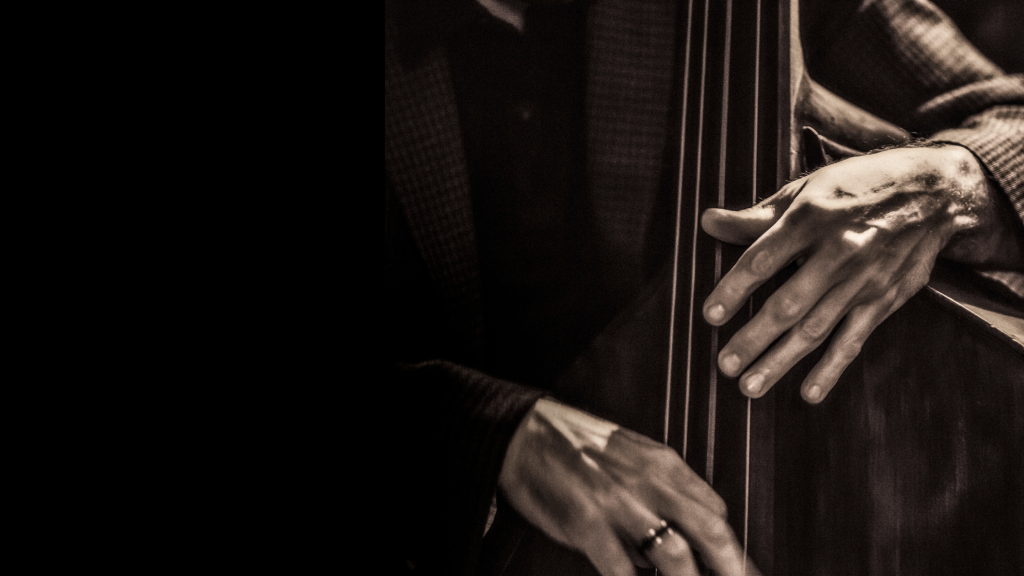
Pioneers and Influencers
Louis Armstrong, fondly known as “Satchmo,” was more than just a musician; he was an institution in the world of jazz. His charismatic performances, innovative trumpet playing, and soulful voice played a vital role in the invention of swing. During the 1920s and 1930s, Armstrong’s groundbreaking approach to timing and phrasing set a new standard for jazz musicians, transforming the genre into a form of music that was as captivating to dance to as it was to listen to.
Other Iconic Jazz Musicians
While Armstrong is undoubtedly a towering figure in jazz, he’s far from alone. Other legendary jazz musicians have left an indelible mark on the genre:
- Duke Ellington: A renowned composer and bandleader, Ellington’s orchestration brought a new level of sophistication to jazz.
- Miles Davis: A key figure in several jazz movements, Davis’ innovations continue to influence contemporary music.
- John Coltrane: Known for his intense, spiritual approach to saxophone playing, Coltrane transformed the landscape of jazz.
These artists, along with many others, contributed unique voices and styles that continue to resonate in the world of music.
Influential Female Jazz Artists
The contribution of female jazz artists, although sometimes overlooked, is rich and significant. Icons such as:
- Ella Fitzgerald: Known as the “First Lady of Song,” Fitzgerald’s clear voice and impeccable diction made her a jazz vocal legend.
- Billie Holiday: With an emotive, soul-baring style, Holiday’s influence extends far beyond jazz.
- Nina Simone: A singer, pianist, and civil rights activist, Simone’s music and life continue to inspire artists across genres.
These women, among others, brought depth and diversity to jazz, challenging conventions and creating timeless masterpieces.
Exploring Jazz Subgenres
Jazz, in its rich and varied history, has given birth to numerous subgenres, each reflecting different times, places, and artistic visions. Let’s delve into these subgenres, exploring their unique characteristics and some of the best albums that exemplify their sound.
New Orleans Jazz: Characteristics and Best Albums
Characteristics: New Orleans jazz is rooted in the city’s vibrant culture, blending African, European, and Latin American influences. Known for its collective improvisation, marching rhythms, and brass-dominated ensembles, this style embodies the joy and soul of early jazz.
Best Albums:
- “Louis Armstrong: Hot Fives & Sevens”
- “Sidney Bechet: Ken Burns Jazz”
Chicago Jazz: Characteristics and Best Albums
Characteristics: The migration of musicians from New Orleans to Chicago led to the development of a more structured, solo-oriented jazz style. Chicago jazz is known for its emphasis on saxophones and trumpets, lively tempo, and the influence of blues.
Best Albums:
- “Benny Goodman: The Complete RCA Victor Small Group Recordings”
- “Bix Beiderbecke: The Quintessence”
Swing Era: Characteristics and Best Albums
Characteristics: The Swing Era marked a time when jazz became synonymous with dance music. With big bands, smooth orchestration, and rhythmic drive, swing brought jazz into mainstream popularity.
Best Albums:
- “Duke Ellington: Ellington at Newport”
- “Count Basie: The Complete Atomic Basie”
Bebop to Free Jazz: Characteristics and Best Albums
Characteristics: Bebop emerged as a more complex, intellectual style, emphasizing improvisation and intricate melodies. This laid the groundwork for free jazz, an avant-garde movement that further liberated jazz from traditional structures.
Best Albums:
- “Charlie Parker: Yardbird Suite: The Ultimate Collection”
- “Ornette Coleman: The Shape of Jazz to Come”
Jazz Fusion and Postmodern Jazz: Characteristics and Best Albums
Characteristics: Jazz fusion blends jazz with elements of rock, funk, and world music, resulting in an electrifying sound. Postmodern jazz, on the other hand, reflects a more eclectic approach, embracing various musical influences and technologies.
Best Albums:
- “Miles Davis: Bitches Brew”
- “Esperanza Spalding: Emily’s D+Evolution”
The exploration of jazz subgenres reveals the incredible diversity and adaptability of this musical form. From the lively streets of New Orleans to the avant-garde sounds of free jazz, the world of jazz is a kaleidoscope of creativity. Whether you’re drawn to the nostalgia of swing or the contemporary edge of postmodern jazz, these albums offer a gateway into the heart and soul of a genre that continues to innovate, inspire, and enchant listeners around the world.
Learning and Engaging with Jazz Music
Whether you’re new to the genre or looking to deepen your musical prowess, the following insights can guide how to connect with this enthralling art form.
How to Start Listening to Jazz: A Guide for Beginners
For newcomers to jazz, the vast array of choices can be overwhelming. Here’s how to ease into the experience:
- Start with the Greats: Icons like Miles Davis or Billie Holiday can provide an accessible introduction.
- Explore Different Eras: Jazz has evolved, so don’t be afraid to sample various periods to discover what speaks to you.
- Join a Jazz Community: Engaging with other enthusiasts can lead to recommendations and deeper understanding.
The Benefits of Vocal Training in Jazz
If you’re drawn to the vocal aspects of jazz, training your voice can bring tremendous rewards:
- Enhanced Technique: Jazz singing demands control, rhythm, and expressiveness, all honed through training.
- Creative Freedom: Improvisation is at the heart of jazz; vocal training encourages this creativity.
- Emotional Connection: Jazz conveys deep emotions, and training helps in expressing those feelings through the voice.
Opportunities for Music Learning (e.g., Music Courses, Herbie Hancock)
Learning jazz is a journey, with multiple paths to explore:
- Formal Education: Consider enrolling in jazz programmes at music schools or universities.
- Online Classes: Jazz masters like Herbie Hancock offer online courses to reach aspiring musicians everywhere. I love this website for Jazz piano.
- Local Jazz Scenes: Engaging with local jazz communities can lead to informal learning and mentorship.
Tips for Jazz Musicians and Songwriters
For those aspiring to create jazz, a few guiding principles can help:
- Understand the Fundamentals: Knowledge of music theory and jazz standards is essential for creativity.
- Embrace Collaboration: Jazz thrives on interaction; find fellow musicians to inspire and challenge you.
- Develop Your Style: Study the classics, but also strive to inject your personality into your music.
- Stay Engaged: Regular practice, performances, and participation in the jazz community fuel growth and inspiration.
Whether you’re taking your first steps or seeking to refine your artistry, the paths to learning and engaging with jazz are abundant and rewarding.

The Global Impact of Jazz
Jazz is not confined to the borders of its birthplace; it has seeped into the global fabric, influencing various cultures and genres. From mainstream popular culture to the integration of unique international styles, jazz’s impact can be felt across continents and communities.
Jazz in Popular Culture
Jazz has left an indelible mark on popular culture, permeating film, television, literature, and beyond:
- Cinema and Television: Jazz has underscored iconic scenes, setting the mood in classics like “The Great Gatsby” and contemporary series alike.
- Fashion: Jazz’s flamboyance and elegance have influenced styles from the Roaring Twenties to modern couture.
- Literature and Art: Jazz’s improvisational spirit has inspired writers, painters, and sculptors, fostering movements like the Harlem Renaissance.
Afro-Cuban Jazz: A Brief History
Afro-Cuban Jazz represents a vibrant fusion of Cuban rhythms with jazz’s improvisational essence:
- Origins: Birthed in the 1940s, this subgenre blends Afro-Cuban beats with jazz harmonies and structures.
- Pioneers: Musicians like Dizzy Gillespie and Chano Pozo played a vital role in its early development.
- Legacy: Afro-Cuban Jazz continues to evolve, influencing Latin jazz and global music scenes.
Other International Jazz Influences (e.g., Highlife Music, Kompa Music)
Jazz’s global reach extends to various musical traditions:
- Highlife Music: This West African genre, blending traditional rhythms with Western instruments, has been touched by jazz’s improvisational flair.
- Kompa Music: Hailing from Haiti, Kompa’s melodic flow and rhythm have shared an interplay with jazz, enriching both traditions.
- European Jazz Scenes: Cities like Paris and London have nurtured unique jazz styles, reflecting a blend of American influence with local musical heritage.
The worldwide embrace of jazz underscores its universal appeal and transformative power. By merging with and influencing various cultural expressions, jazz has become a global language of creativity, connection, and exploration. Its rich tapestry of sounds continues to resonate, fostering a musical dialogue that transcends geographical and cultural boundaries. Whether in a Hollywood film, a Cuban dance hall, or an African festival, the spirit of jazz lives on, vibrant and universal.
Additional Resources and Further Reading
For those entranced by the world of jazz and eager to delve deeper, there exists a plethora of resources to enrich your understanding and enjoyment of this remarkable genre. Whether you’re an avid listener, an aspiring musician, or simply curious, here’s a guide to help you stay connected and explore further.
Recommended Jazz Albums and Books
To immerse yourself in the soul-stirring sounds and insightful literature of jazz, consider these recommendations:
- Albums: Explore iconic works from legends such as Miles Davis’s “Kind of Blue” or Ella Fitzgerald’s “Ella in Berlin.”
- Books: From biographies like “Satchmo: My Life in New Orleans” by Louis Armstrong to analytical works like “The History of Jazz” by Ted Gioia, the literary world of jazz offers diverse insights. The Real Book is also a must.
Jazz Magazines UK
- Jazzwise Magazine – Launched in 1997, Jazzwise is the UK’s biggest-selling jazz magazine. It offers a blend of reviews, features, news, and live reviews, catering to both jazz enthusiasts and industry professionals.
- The Jazz Rag – Published by the Birmingham Jazz organisation, The Jazz Rag delivers comprehensive coverage of the jazz scene with regular features, news, reviews, and interviews.
- London Jazz News – While not a traditional print magazine, London Jazz News is a key online platform that serves as a significant source for news, reviews, and features about the jazz scene. While its primary focus is on London, it also covers significant events and releases nationally and internationally.
- Jazz Journal – Having been around since 1948, Jazz Journal is one of the longest-standing jazz publications in the UK. The magazine spans a wide range of topics, from reviews and features to profiles on legendary jazz figures.
- Jazz Views – An online resource, Jazz Views offers insights through interviews, reviews, news, and features, spotlighting both the UK and international jazz scenes.
Jazz Festivals UK
- Cheltenham Jazz Festival – Located in the spa town of Cheltenham, this festival is among the UK’s most renowned jazz events, often featuring a blend of big-name acts and emerging talents.
- EFG London Jazz Festival – Taking place in the capital, this is one of the most significant jazz events in the UK, with international stars and local musicians performing across various venues in London.
- Edinburgh Jazz & Blues Festival – Scotland’s biggest jazz event, it spans a diverse range of styles, from Dixieland to experimental soundscapes.
- Manchester Jazz Festival – A fixture of Manchester’s cultural scene, this festival spotlights innovative contemporary jazz, featuring mainly new and original work.
- Gateshead International Jazz Festival – Hosted at Sage Gateshead, it’s the North East’s biggest jazz festival and includes a mix of jazz, funk, and soul.
- Brecon Jazz Festival – Located in Wales, this historic festival has been running since the 1980s and has seen many of the jazz greats grace its stages.
- Love Supreme Jazz Festival – Held in Glynde, East Sussex, this festival offers a blend of jazz, soul, and R&B, and has quickly become one of the major summer events for jazz lovers in the UK.
- Bristol International Jazz & Blues Festival – Celebrating both jazz and blues, this festival in Bristol draws in a varied lineup of artists from around the globe.
- Glasgow Jazz Festival – Running since the mid-’80s, this festival offers a mix of international stars and local Scottish talent.
This is just a list of some suggestions, and there are likely many many more out there!
Conclusion
In our exploration of the world of jazz, we’ve traversed its vibrant history, influential figures, diverse subgenres, and global impact. The narrative of jazz, rooted in passion and improvisation, echoes not only through smoky jazz clubs and grand concert halls but also in our shared human experience. It’s a genre that transcends boundaries, embracing different cultures, ideologies, and musical traditions.
The uniqueness of jazz lies in its relentless pursuit of creativity and expression. It’s a musical tapestry woven with threads of African rhythms, blues melodies, and avant-garde innovations. It’s a living, breathing art form that continues to evolve, innovate, and inspire. The legacy of jazz resonates in the notes of Louis Armstrong’s trumpet, the poetry of Billie Holiday’s voice, and the rhythms that animate city streets around the world.
For those just starting their journey into jazz or seasoned fans alike, the rich world of jazz offers endless opportunities for discovery, enjoyment, and personal connection. Whether it’s through listening to a classic album, attending a live concert, or engaging with a local community, jazz invites you to be part of something bigger, something that speaks to the heart and stirs the soul.
So go ahead, explore, listen, and lose yourself in the entrancing world of jazz. Allow its rhythms to carry you, its melodies to touch you, and its spirit to ignite your creative flame. Jazz is more than music; it’s a celebration of life, a universal language, and a timeless testament to human creativity and connection. Its doors are open, and it eagerly awaits your company in its harmonious embrace.
Cast Your Peepers on These!

Howard Head
I turn confused bass enthusiasts into bass gods through a simple and logical process.


